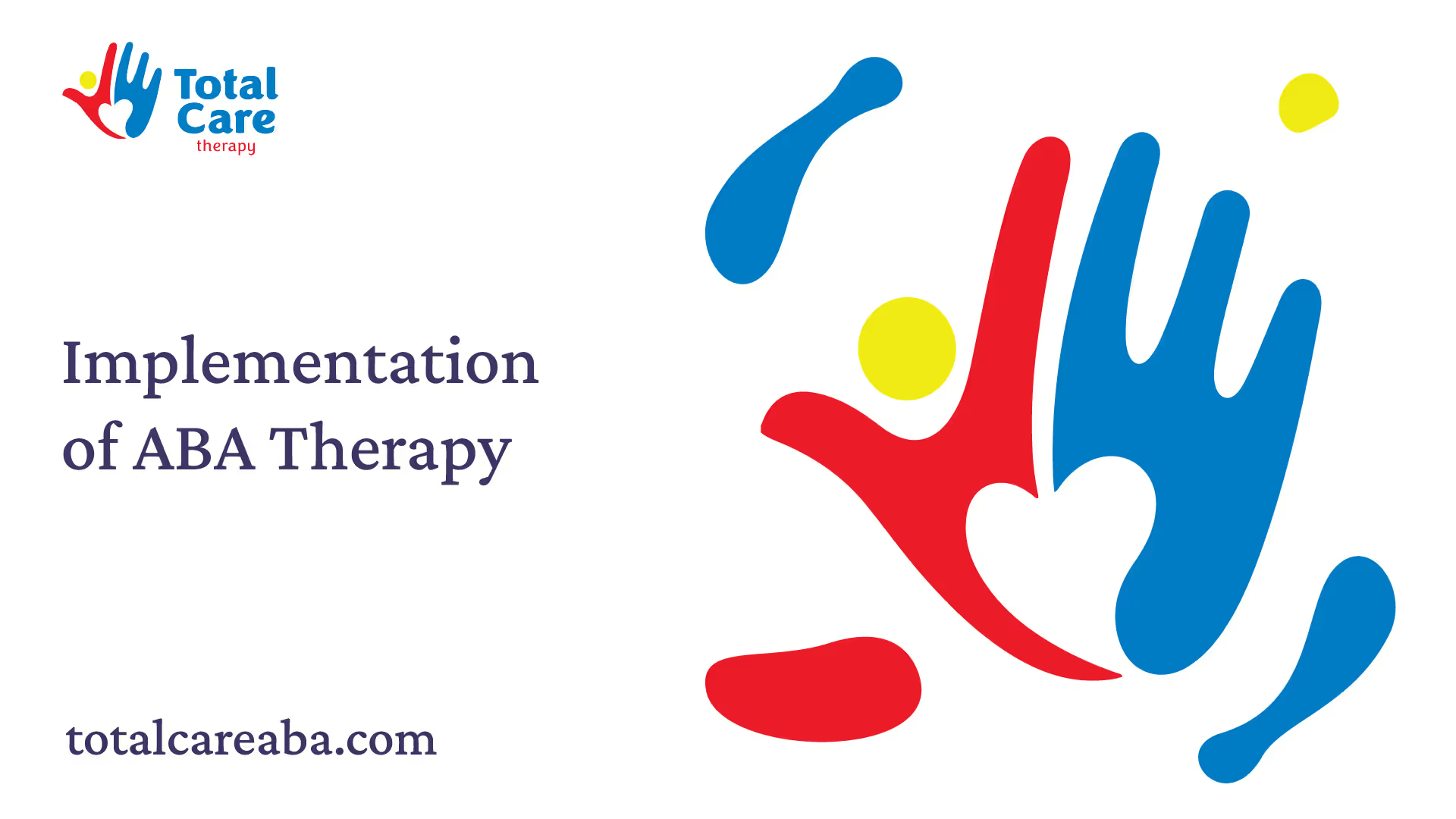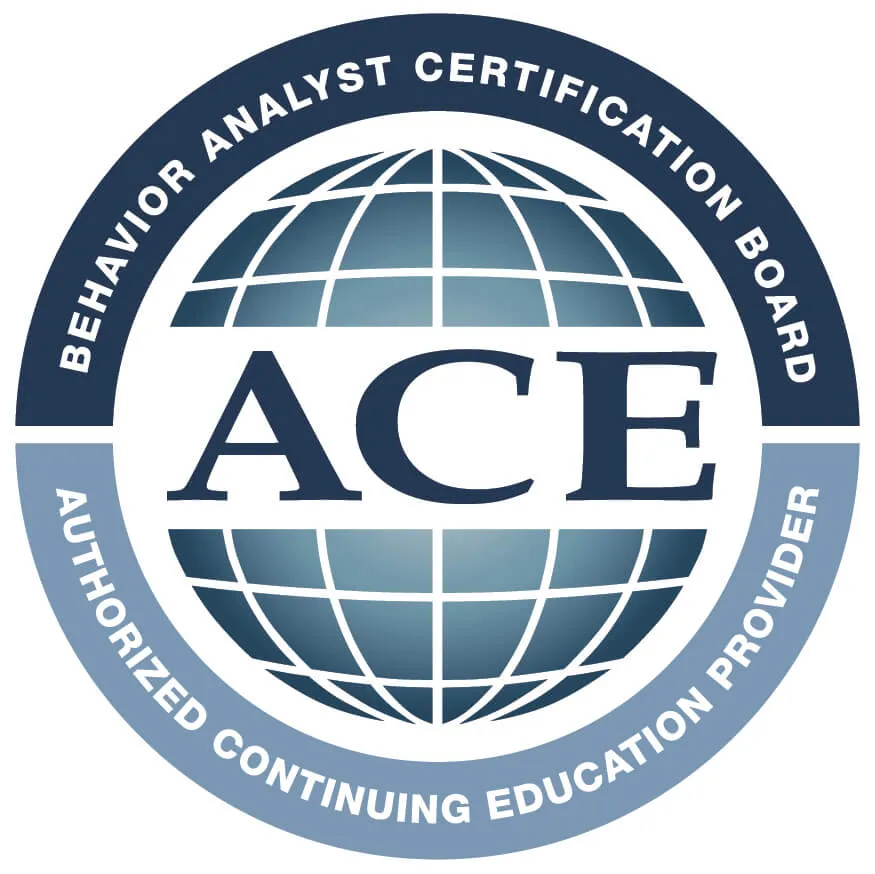What Is ABA Therapy’s Role in Inclusive Education?
Discover how ABA therapy and inclusive education empower children with autism to thrive in school settings!
What Is ABA Therapy’s Role in Inclusive Education?
Understanding ABA Therapy
ABA Therapy Overview
Applied Behavioral Analysis (ABA) therapy has been utilized by therapists to assist children with autism and related developmental disorders since the 1960s. ABA is an evidence-based best practice treatment recognized by the US Surgeon General and the American Psychological Association, having undergone rigorous scientific testing for its effectiveness and quality.
ABA therapy focuses on understanding and modifying behaviors to promote the development of functional skills in children with autism spectrum disorder (ASD). The core of this therapy is based on principles of learning theory, which stresses the importance of positive reinforcement to encourage desirable behaviors while decreasing unwanted ones. ABA programs for autism are tailored to meet the individual needs of learners, aiming to help them achieve greater independence and success both in the short term and in the future.

Benefits of ABA Therapy
The benefits of ABA therapy extend beyond behavioral changes. Research indicates that it plays a significant role in enhancing the academic lives of students with ASD by improving language skills, reducing negative behaviors, and fostering better learning outcomes. ABA therapy not only aids in educational development but also supports overall life skills that promote independence [2].
Some of the key benefits include:
BenefitDescriptionImproved Communication SkillsEnhances language capabilities and helps with functional communicationReduction of Challenging BehaviorsTeaches children appropriate behaviors while decreasing disruptive actionsBetter Learning OutcomesFosters a conducive learning environment promoting academic successIncreased IndependenceDevelops skills necessary for everyday tasks, preparing children for adult lifeSupport in Social SkillsEncourages social interaction and collaborative play
The endorsement of ABA as a best practice for supporting children with ASD has gained recognition across North America, with literature reinforcing its effectiveness and utility for creating successful educational experiences. Parents can explore various aspects of ABA therapy, including its integration with other therapies such as ABA therapy and behavioral therapy integration and ABA therapy and independent living skills, to best meet the needs of their children.

Implementation of ABA Therapy
Implementing ABA therapy in the context of inclusive education involves a structured process tailored to meet the unique needs of children diagnosed with autism. This approach is designed to facilitate learning, improve skills, and encourage positive behaviors.
ABA Therapy Process
The process of ABA therapy begins with an assessment conducted by a qualified behavior analyst, typically a Board Certified Behavior Analyst (BCBA). This assessment identifies the strengths, challenges, and specific needs of the child. Based on this information, the BCBA designs a personalized program that addresses these areas.
The implementation of the treatment includes:
This structured approach ensures continuous improvement and adaptation to the child's evolving needs. For more details about the data-driven aspect of ABA, see our article on aba therapy and health and safety skills.
ABA Programs for Autism
Several evidence-based ABA programs have been established to support children with autism. These programs focus on various skills essential for everyday life, including communication, social interactions, and daily living abilities.
The following table illustrates key ABA programs and their targets:
Program NameFocus AreaDescriptionEarly Intensive ABAEarly DevelopmentIntensive therapy for young children to develop communication skills and reduce problem behaviors. Magnet ABASocial Skills GroupsSocial InteractionGroup-based interventions that focus on developing social skills through structured activities.Vocational Skills TrainingEmployment PreparationPrograms aimed at teaching skills needed for future employment and independence. aba therapy and vocational skillsTransition PlanningLife SkillsTargeted support for older children preparing for the transition to adulthood. aba therapy for transition planning
More than 20 studies have established that intensive and long-term therapy using ABA principles improves outcomes such as intellectual functioning, language development, daily living skills, and social functioning for many children with autism. ABA is recognized as an evidence-based best practice treatment by reputable institutions, including the US Surgeon General and the American Psychological Association [1].
These ABA programs can be integrated with other services to support overall educational development, contributing to more inclusive educational environments. For additional strategies on engaging and inclusive practices, refer to our page on aba therapy and community inclusion.

Personalized ABA Approaches
Personalized approaches in ABA therapy are essential for effectively supporting children with autism. Tailored programs and goal-setting strategies help ensure that the unique skills and needs of each child are met.
Customized ABA Programs
Customized ABA programs are designed by a qualified and trained behavior analyst (BCBA) who takes into account each learner's individual skills, needs, interests, preferences, and family situations. These tailored programs aim to foster greater independence and success both in the short term and long term.
The customization process may involve:
This individualized attention contributes significantly to the effectiveness of ABA therapy and helps children thrive in inclusive educational settings. For additional insights on skills development, explore ABA therapy and leisure skills and ABA therapy and independent living skills.
Setting SMART Goals
Establishing clear, measurable treatment goals during the initial assessment is vital for evaluating the success of ABA therapy. These goals should be designed using the SMART criteria:
SMART CriteriaDescriptionSpecificGoals should clearly define what the child is expected to achieveMeasurableCriteria should be established to track progress over timeAchievableGoals must be realistic and attainable for the childRelevantGoals should align with the child's needs and aspirationsTime-boundA specific timeframe should be set for achieving each goal
Setting SMART goals enables effective monitoring of progress and helps families understand their child's growth. By following this structured approach, parents can support their children effectively while ensuring that their therapy remains focused and purposeful. For further tips on behavior management, visit ABA therapy for transition planning and ABA therapy and vocational skills.
Monitoring Progress in ABA Therapy
Monitoring progress in Applied Behavior Analysis (ABA) therapy is crucial for its effectiveness, especially in the context of autism. Through regular data collection and the use of various tracking tools, therapists can ensure that the therapy remains effective and responsive to the evolving needs of the child.
Importance of Data Collection
Data collection serves as the backbone of ABA therapy. By tracking progress, therapists can identify areas of improvement and adjust treatment plans as necessary to ensure they meet the individual needs of the child. Establishing clear, measurable treatment goals during the initial assessment lays the groundwork for this monitoring process. These goals should follow the SMART criteria—Specific, Measurable, Attainable, Relevant, and Time-bound—allowing for effective evaluation of progress and success in therapy.
The importance of data collection includes:
Tools for Progress Tracking
Numerous tools and methods are available for tracking progress in ABA therapy. They range from simple observational tools to more complex digital data systems. Below is a selection of common tools used in the field:
Tool TypeDescriptionBehavior ChecklistsThese checklists allow therapists to record specific behaviors and skills over time.Data SheetsTherapists use these sheets to note frequency, duration, and intensity of behaviors during sessions.Progress ReportsRegular reports summarizing the child's achievements and areas needing improvement.Digital Tracking SystemsSoftware applications that provide a platform for real-time data collection and analysis.
Therapists leverage these tools to gather and analyze data regularly, ensuring that progress monitoring is efficient and effective. With consistent evaluation, parents can have a clearer understanding of their child's development and skills being taught through ABA therapy. For more information on integrating various ABA techniques, check out our guide on ABA therapy and behavioral therapy integration.
Ultimately, effective monitoring through data collection and progress tracking is essential for maximizing the potential benefits of ABA therapy in supporting children diagnosed with autism.
Early Intervention with ABA
Early intervention plays a significant role in the success of children diagnosed with Autism Spectrum Disorder (ASD). By introducing ABA therapy at a young age, families can set the foundation for effective communication and social skills, essential for navigating life's challenges.
Impact of Early ABA Interventions
Research indicates that early ABA interventions are crucial for minimizing long-term difficulties associated with ASD. When children receive ABA therapy at a young age, they tend to benefit from improved social interaction and communication skills. This proactive approach helps alleviate many challenges they may face later in life. According to Magnet ABA, these skills are foundational for integrating into various social contexts.
A recent analysis of outcomes showed significant improvements across numerous areas when ABA was applied early to children with ASD.
Outcome MeasureImprovement Observed (%)Cognitive Skills75Language Skills80Social/Communication Skills85Problem Behavior70Adaptive Behavior75Emotional Regulation60Autism Symptoms70
These statistics showcase the potential impact early ABA interventions can have on various life skills, fostering better participation in school and social activities [4].
Long-Term Benefits of Early ABA
Investing in early ABA therapy offers substantial long-term benefits for children with autism. Children who begin ABA therapy at a young age often show improved outcomes in terms of academic achievement, social relationships, and independence. These children are more likely to be included in general education settings and participate fully with their peers [5].
Additionally, early interventions can help establish essential life skills that pave the way for greater independence as children grow. These skills are not only beneficial for daily living but also essential for future success in vocational settings. For insights into how ABA can support children in their journey toward independent living, read more about aba therapy and independent living skills.
In conclusion, early intervention with ABA therapy serves as a critical component in fostering inclusivity and providing children with the tools they need for a fulfilled life. Parents of children diagnosed with ASD are encouraged to consider early ABA therapies to secure these lifelong advantages.
Integrating ABA in Education
Integrating ABA therapy into educational settings can significantly enhance the learning experience for students with Autism Spectrum Disorder (ASD).
ABA in School Settings
ABA therapy plays a crucial role in the academic lives of students with ASD by improving language abilities, reducing negative behaviors, and promoting better educational outcomes. According to Magnet ABA, effective integration of ABA within schools involves strategic planning and coordination. This integration is not merely about including therapy as an add-on but rather weaving ABA principles into the fabric of daily educational practices.
The enhancements observed in students with ASD due to ABA may include:
Areas of FocusImprovements ObservedLanguage SkillsEnhanced communication abilitiesBehavior ManagementReduction in disruptive behaviorsLearning OutcomesIncreased academic success
In order to ensure effective integration, schools must provide comprehensive training for staff to equip them with the necessary skills to implement ABA strategies successfully.
Challenges and Solutions
While integrating ABA therapy into educational settings has numerous benefits, it can also present certain challenges. Some common obstacles include:
ChallengesPossible SolutionsLimited understanding of ABA among staffImplement training programs and workshops on ABA principlesResistance to change from traditional teaching methodsFoster an inclusive environment that encourages collaboration and flexibilityInsufficient resources for implementing ABA programsSeek grants or additional funding specifically for special education programs
Addressing these challenges requires an emphasis on collaboration among educators, therapists, and families. By working together, all parties can create an environment where students with ASD thrive. Parents can also support their children's transition into inclusive settings through resourceful programs such as ABA therapy and independent living skills or ABA therapy and vocational skills.
Continuous evaluation of the integration process can further enhance the effectiveness of ABA in education. By regularly assessing progress, adjustments can be made to optimize learning outcomes for students with ASD. For additional information on ABA's impact and broader aspects, consider exploring topics like ABA therapy and community inclusion and ABA therapy for transition planning.
References
[2]:
[3]:
[4]:
[5]:








